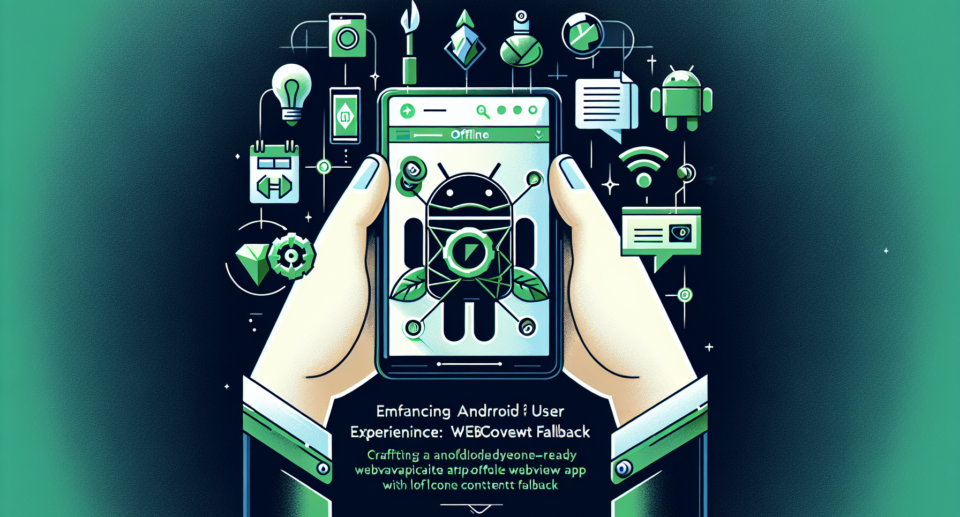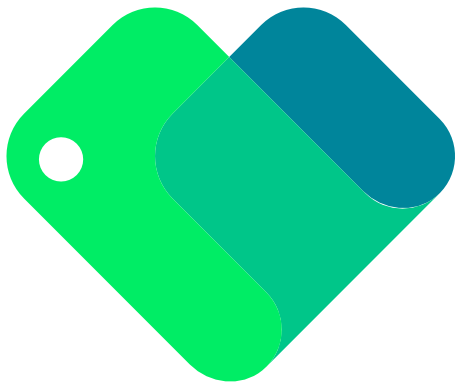Enhancing Android User Experience: Crafting an Offline-Ready WebView App with Local Content Fallback

In today’s fast-paced world, mobile app users demand a seamless and uninterrupted experience, regardless of their internet connection’s stability. For Android applications relying on web content, this need for continuous access can be addressed by implementing an offline-ready WebView. A WebView is a browser bundled inside of an application, which allows the app to display web content without leaving the app interface. Ensuring that your WebView app has a local content fallback means your users can still engage with your app even when they’re not connected to the internet.
Why Local Content Fallback Matters
Imagine your users are in a train tunnel or a building with poor reception, eager to continue using your app. If your app’s content is only accessible online, they’ll be met with the frustrating reality of a non-functional application. By integrating local content fallback into your WebView app, you create a resilient user experience. Your app becomes a reliable resource, available to your users anytime and anywhere, thereby increasing engagement and satisfaction.
Designing for Offline Use
When designing an offline-ready WebView app, the first step is to determine which content should be available offline. It could be key resources such as help articles, usage guides, or popular pages. Once identified, this content must be packaged within the app itself or downloaded and cached during the user’s first visit.
The next challenge is to determine when to switch between online and offline content. This can usually be achieved by monitoring network connectivity status and responding accordingly. When the app detects there is no internet connection, it should seamlessly switch to the local, cached content, ensuring the user’s interaction remains uninterrupted.
Optimizing Local Content Fallback
Optimization of local content falls under two main considerations: storage and update frequency. Ideally, the app should use device storage efficiently, avoiding unnecessary data usage. Additionally, the content should be updated regularly to ensure users have access to the most current information when they go offline. You’ll want to establish an update strategy that balances freshness with data transfer minimization.
WebViewGold – The Simple Solution
For developers and business owners looking for a straightforward path to creating an offline-ready WebView app, WebViewGold offers an attractive solution. This tool simplifies the process of converting websites into standalone apps for Android. Using WebViewGold, you can easily ensure that your app includes a local content fallback mechanism. This enables you to maintain the user experience even when the device is not connected to the internet, thereby enhancing overall user satisfaction.
Implementing with WebViewGold
Integrating offline functionality with WebViewGold is straightforward. The platform provides options to preload local
